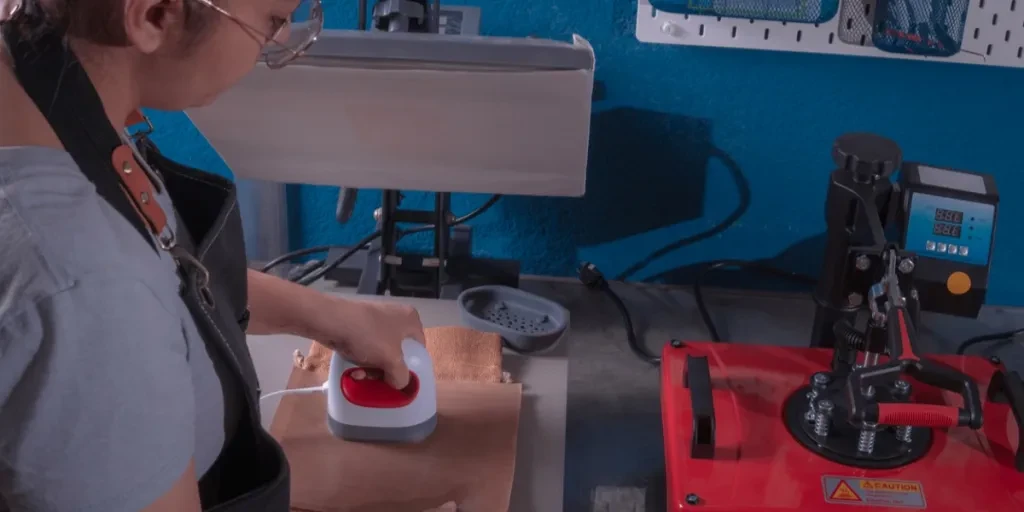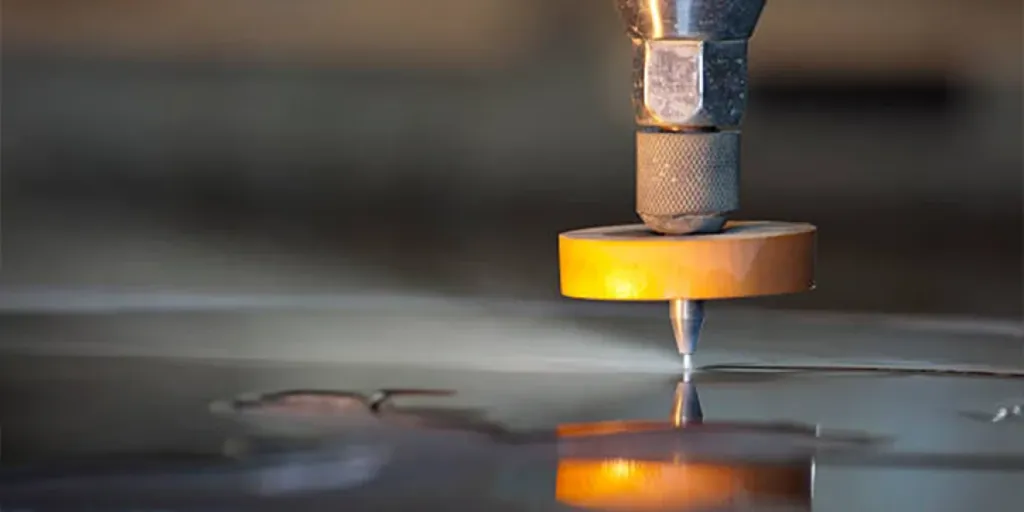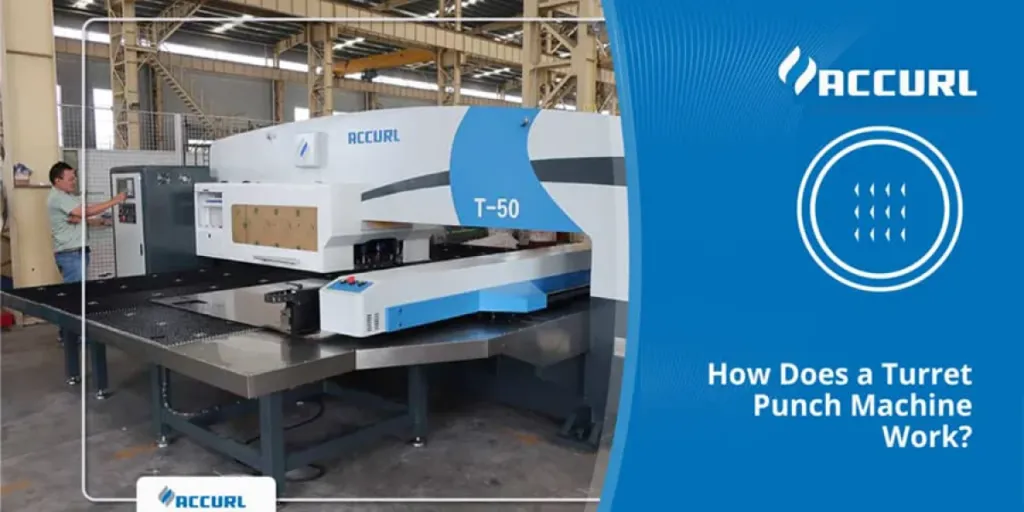Mini heat presses speak to a simple wish shared by a range of hobbyists, including crafters, small business owners, and busy parents: being able to press a design onto almost anything, anywhere, without requiring a full-size press. They can fit into a tote bag, sit easily on a craft table, and reach corners that standard flat plates can’t touch.
Because they’re so small, people assume the risk is small, too. That is not true for stores: one weak hinge, an uneven plate, or a missing safety label can trigger a string of returns and negative reviews that easily wipe out the profit on an entire pallet.
For that reason, we’ve written this article to help you consider what to look for before buying mini heat presses for yourself or your inventory.
Table of Contents
What are mini heat presses?
7 factors to consider when stocking a mini heat press
1. Plate size
2. Plate material
3. Heat range and accuracy
4. Warm-up speed and recovery time
5. Pressure and ergonomics
6. Safety
7. Accessories and bundles
Final words
What are mini heat presses?

Every heat press has three essentials: a hot plate, a heater, and a controller that holds the plate at a steady temperature. A mini heat press works the same way, but shrinks it to a compact design. For example, the plate is usually no wider than your palm, the heater is a thin coil or film glued to the plate’s back, and the controller is a matchbox-sized circuit board tucked inside an insulated shell.
Because the plate is lightweight, the user applies pressure to it by hand instead of relying on a lever. That single change (swapping a lever for gentle arm force) turns the bulky shop tool into a nimble craft companion that can handle most designs. While users won’t get precise control, they’ll enjoy the ability to press their designs anywhere and anytime.
7 Factors to consider when stocking a mini heat press
1. Plate size
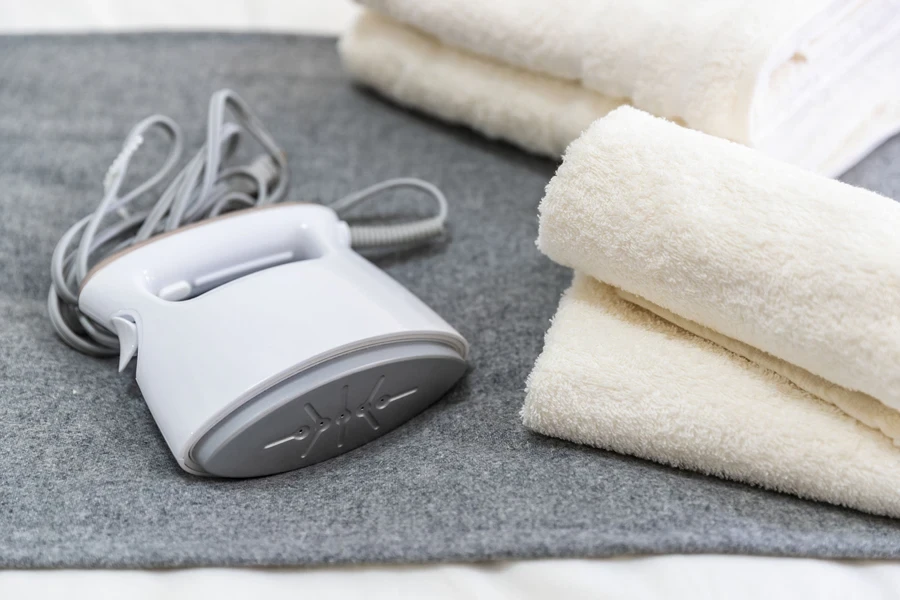
A plate roughly five centimeters wide is small enough to reach the tongue of a sneaker, yet it won’t be able to cover a child’s T-shirt without needing to be moved. A plate closer to 10 centimeters finishes that shirt in one press, but is likely to feel awkward when used on tiny shoes. What might therefore help is stocking various mini heat press sizes, including one with an “ultra-small” tip for curved or cramped spaces and a “mid-plate” for flat spots larger than a credit card.
2. Plate material
Once you have your sizes down, it’s time to choose which type of metal plates you should stock. Aluminium (or aluminum alloy) is considered the best for two reasons. First, they conduct heat better from the heater out toward the edges. Second, they weigh far less than steel, making them easier to use and store away.
The aluminium is usually coated with a hard ceramic glaze, which helps in two main ways: it stops vinyl glue from sticking to the plate and seals the metal against rust from steam produced during the pressing process.
Sample plates that feel grainy are probably made from bare steel. While steel costs a little less, its reduced conductivity can lead to cooler borders that can leave half-bonded corners on dense fabric.
3. Heat range and accuracy
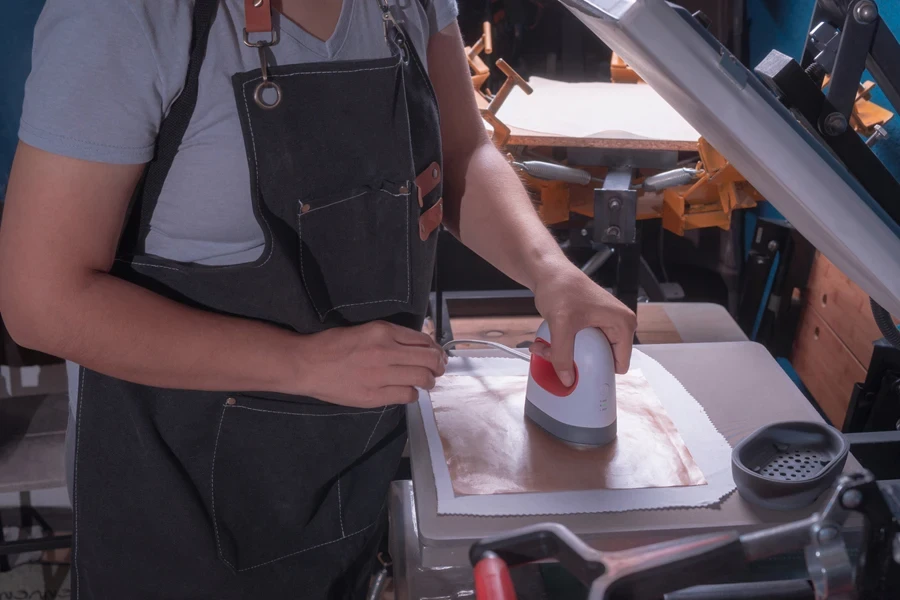
Plate material also affects temperature control, determining two main factors: how hot the plate can get and how accurately it maintains that heat. Most models promise a top range of about 200°C, which should work with every typical craft film.
However, surprises can occur when you test accuracy. If the sensor is located deep inside the plate, it may report 200°C while the surface rests closer to 185°C; that hidden gap matters because some materials, such as glitter vinyl, begin to melt around 190°C.
Here’s how to judge the true temperature: Warm a demo press to its highest heat settings, then tap the face with an instant-read surface thermometer. A good unit stays within three or four degrees of its display, while a weak one may read high by 10 or more. It may also overshoot, flying past the target by several degrees and then falling back. Such short bursts of extra heat can scorch polyester in seconds.
Therefore, ask vendors whether their sensors are in direct contact with the plate or positioned near the heater coil. A sensor against the plate produces fewer surprises, which means fewer customer complaints down the road.
4. Warm-up speed and recovery time
Temperature accuracy also affects speed, because a controller that maintains a tight window must power-pulse the heater more frequently, and a heater that fires more often reaches its target faster. In practice, a fast mini heat press warms in roughly 90 seconds, while a slower press may take two minutes or more.
Those extra 30 seconds may feel harmless, but they can add up if the seller aims to produce many items in a single sitting. After each press, the plate cools slightly as it releases heat, so the controller must quickly replenish that warmth. Otherwise, the second item’s print will be colder than the first.
Good models recover in under half a minute, maintaining batch quality. Sluggish models will take longer, tempting the crafter to shorten press time in frustration, which can affect adhesion. Thus, speed, accuracy, and build quality all interact to produce a quality piece.
5. Pressure and ergonomics

Because mini presses don’t usually have a lever, the user must push down to apply force. Weight and grip, therefore, matter a lot. A plate that is too light might slip on thick seams, but a plate that is too heavy will tire the user out after 10 minutes. The sweet spot of pressure required hovers between 350 g and 450 g.
Equally, the handle must stay cool and be wide and rubbery enough to prevent slips. A shallow handle forces the knuckles close to rising steam, raising the risk of burns, while a deep, cushioned handle keeps skin clear of the heat and spreads force across the palm.
Pro tip: Whenever you test samples, press them onto a thick folded towel for twenty seconds. Any model that strains your wrist or heats the grip uncomfortably will strain and heat your customers, too.
6. Safety
Heat and pressure invite danger if left unchecked. Therefore, safety features are as important as plate size and temperature range. An auto-sleep timer that cuts power after about 15 minutes of no use is a great feature that protects kitchens, classrooms, and crowded craft fairs.
A tilt sensor offers a second guard: the heater shuts down immediately if the iron tips over. Equally important is the dock, a cradle made from high-temperature silicone that hugs the hot plate when the press is idle.
Wobbly plastic bases that are likely to warp should be avoided at all costs. In addition to being low-quality, they’re more likely to become a fire hazard. Additionally, ask suppliers for proof of an independent safety test, like UL, ETL, CE, or UKCA, and keep a copy of those reports on file.
7. Accessories and bundles
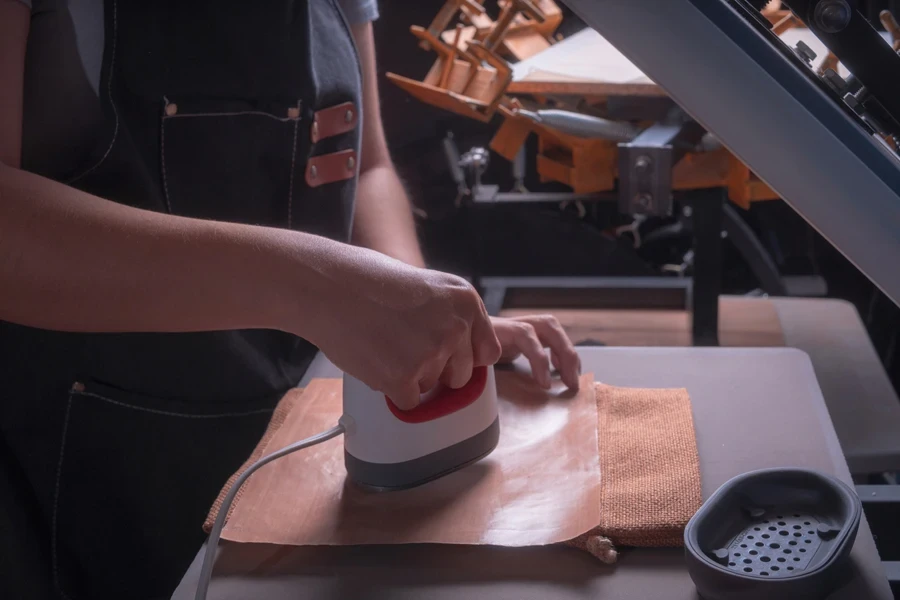
Once a press passes your tests, extras in the form of easy add-ons are the next thing to consider. Consider adding a thin silicone pad, which can be placed under the fabric to level seams. Teflon sheets are another great idea, as they can shield delicate surfaces.
You may also consider heat-proof tape so users can pin tricky letters during alignment. None of these weigh very much, yet each can sell for several dollars. Some brands even offer snap-on forms that let the same mini press wrap around a mug or a baseball cap. Stocking them is a great way to get additional revenue.
Final words
Mini heat presses are a great way for consumers to bring their designs to life without needing anything too heavy-duty. They are also portable enough to move around, though consumers must be aware that they will need to apply the required pressure themselves. Still, many see this as a worthy trade-off for convenience.
While they’re easy to stock, remember to consider the points above – including plate size, material, heat range, pressure, safety, and accessories – before adding heat presses to your inventory.
Finally, remember to browse the Alibaba Blog to read up on other machinery that’s trending in 2025.
